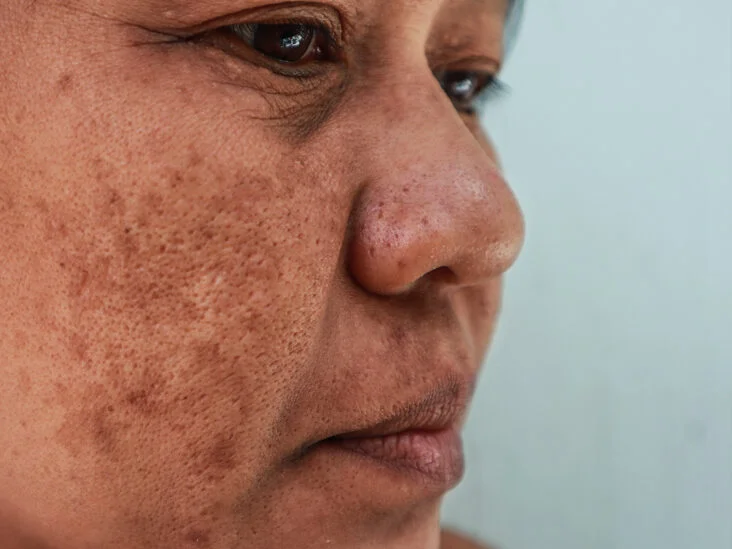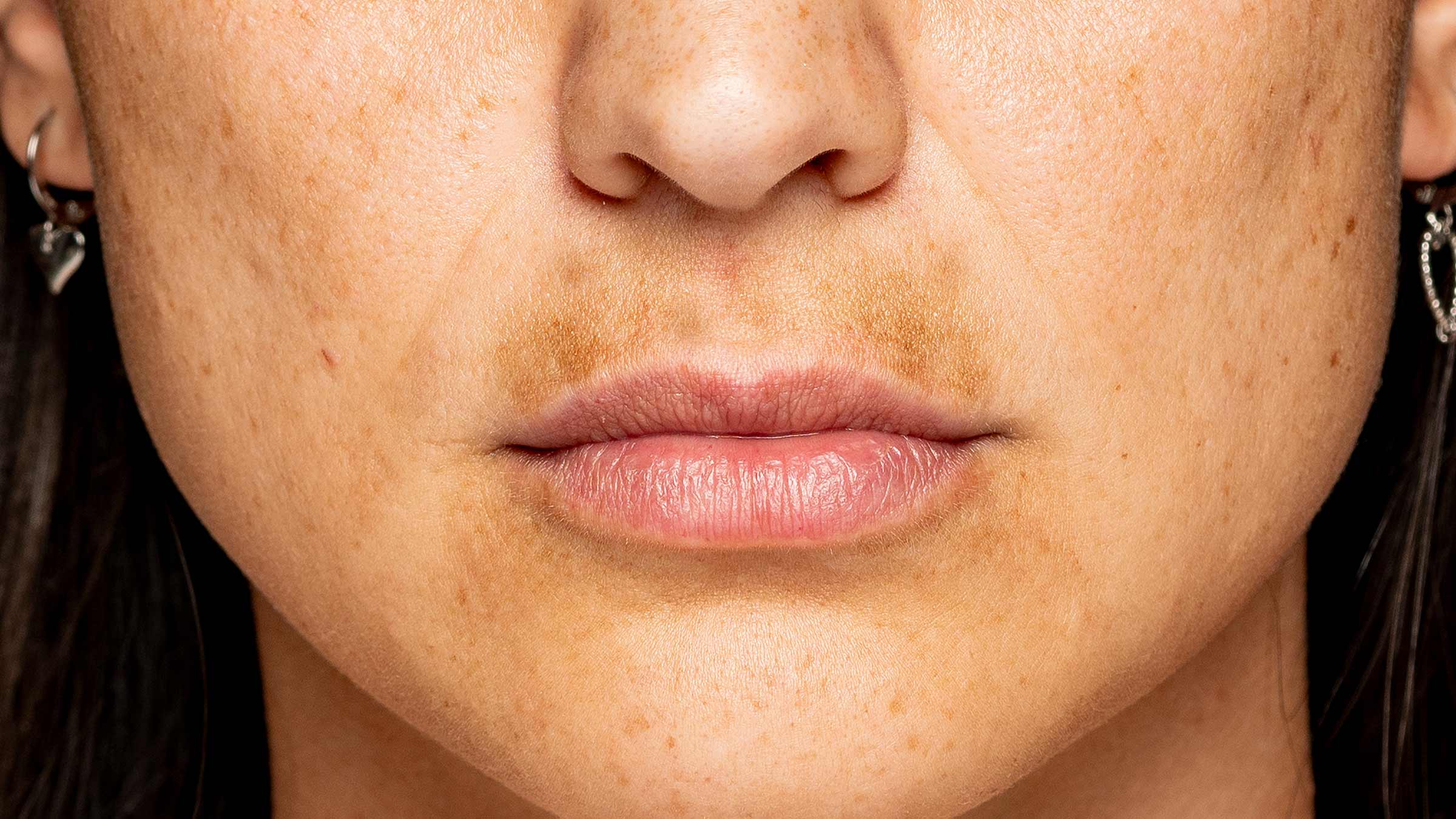Melasma
What is Melasma?
Melasma is a common skin condition characterised by the development of brown or grayish-brown patches on the skin, typically on the face. These patches usually appear on areas of the skin that are frequently exposed to the sun, such as the cheeks, forehead, nose, and upper lip. Melasma is more common in women, but men can also develop it.
The exact cause of melasma is not fully understood, but it is believed to involve a combination of genetic factors, hormonal changes (such as pregnancy, birth control & hormonal treatments), and exposure to ultraviolet (UV) radiation from the sun. Even some medication and stress can contribute to the formation of Melasma.
Different types of melasma
Melasma is often divided into different types based on the depth of pigmentation within the skin layers:
Epidermal Melasma: This type of melasma involves excess pigmentation in the top layer of the skin (epidermis). It usually responds better to treatment.
Dermal Melasma: Dermal melasma is characterized by pigmentation occurring in the deeper layers of the skin (dermis). It can be more challenging to treat compared to epidermal melasma.
Mixed Melasma: This type involves a combination of both epidermal and dermal pigmentation.
Melasma is typically diagnosed based on its appearance, location, and medical history. We assess melasma through a woods lamp in clinic, but you would need to be formally diagnosed with it by a GP.
IS MELASMA CUREABLE?
Melasma is a chronic condition, which means that it may persist for an extended period of time and, in some cases, can be a lifelong concern. While melasma can sometimes fade on its own, especially if the triggering factors are minimised but it often requires ongoing management to control its appearance.
The extent to which melasma fades or persists can vary widely among individuals. Some people may see significant improvement with treatment and preventive measures, while others might find it more challenging to manage. It’s important to note that even if melasma fades with treatment, it may return if the factors that trigger it, are not properly managed.
WHAT TREATMENTS ARE USED TO TREAT MELASMA?
Retinol-based peels, such as the CosMedix Benefit Peel, is our go to treatment for melasma. Retinol is a derivative of vitamin A and is known for its ability to improve skin texture, stimulate collagen production, and encourage cell turnover. When incorporated into chemical peels, retinol can contribute to the management of melasma in several ways:
Exfoliation and Cell Turnover: Retinol helps to accelerate the shedding of dead skin cells on the surface of the skin, promoting a more even skin tone. This exfoliation process can lead to the gradual removal of pigmented skin cells, which can contribute to reducing the appearance of melasma.
Stimulation of Collagen: Retinol stimulates the production of collagen and elastin, proteins that are essential for maintaining healthy and firm skin. Improving the overall health of the skin can contribute to a more even complexion and potentially help minimize the appearance of melasma.
Enhanced Penetration: Retinol can improve the penetration of other skincare ingredients, which can enhance the effectiveness of other treatments used in conjunction with retinol-based peels, such as Tyrosinanse inhibitors.
Regulation of Pigment Production: Retinol can help regulate melanin production, the pigment responsible for skin colour. By controlling the production of melanin, retinol-based peels can contribute to reducing the overproduction of melanin that leads to melasma.
Evening Skin Tone: Retinol-based peels can help in achieving a more uniform skin tone by addressing not only the pigmented areas but also other skin imperfections, such as fine lines and blemishes.
Ready to begin your journey?
If Melasma is a concern for you, we can help. Get started today, click the link below.
Want to know the tea?



